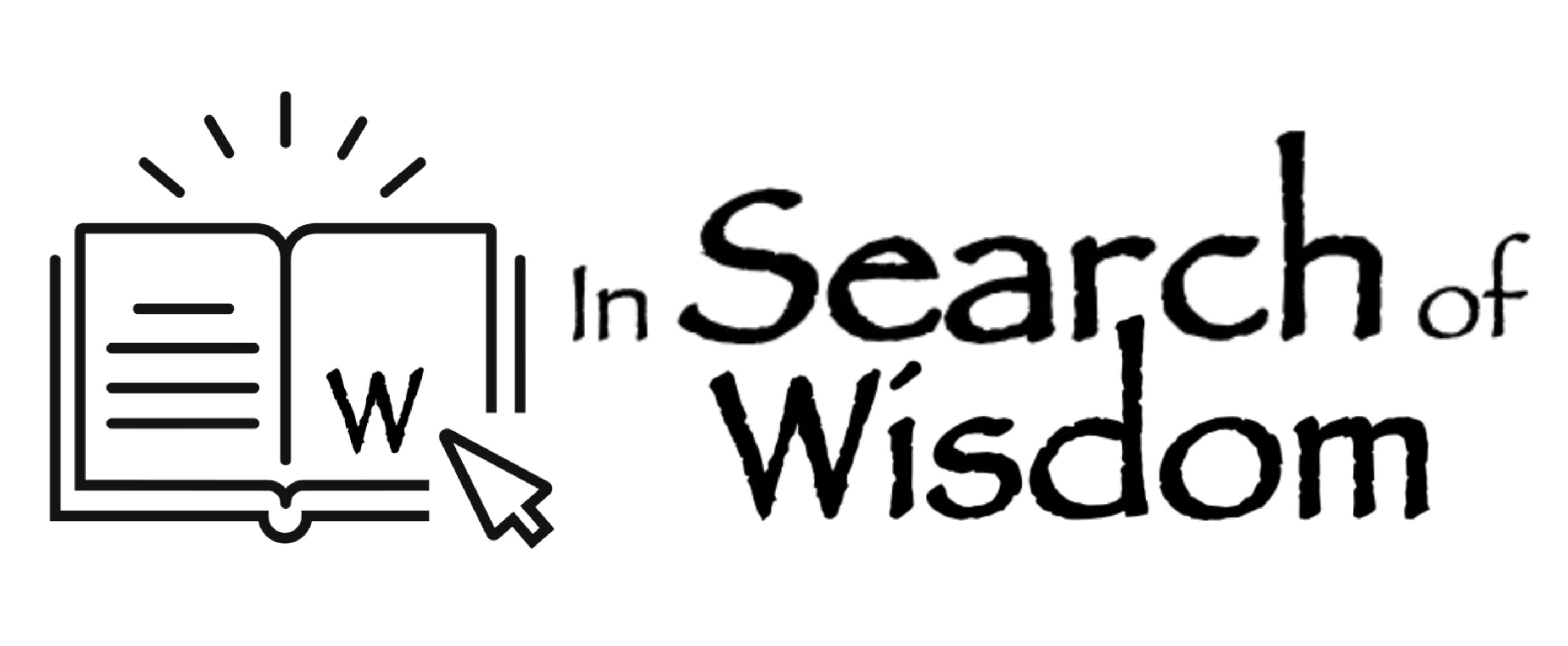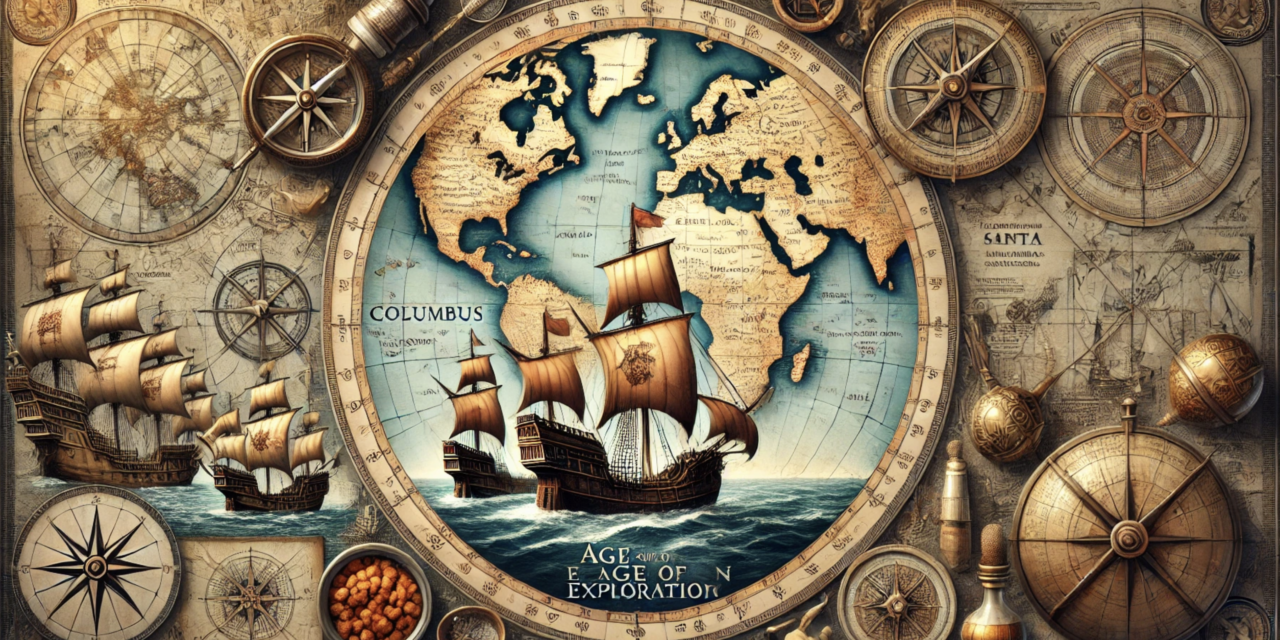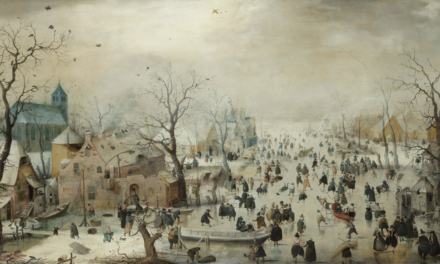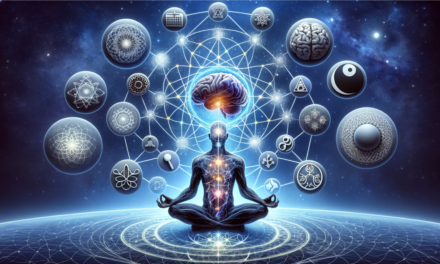The Ottoman Empire at the End of the 15th Century
By the late 15th century, the Ottoman Empire had become the dominant military power of the period, primarily due to its highly disciplined and well-trained Janissary corps. These elite soldiers were equipped with the latest maps and scientific instruments, giving the Ottomans a strategic advantage in both warfare and exploration.
At the heart of their power was the city of Constantinople (modern-day Istanbul), which they had captured in 1453. With this vital trading and cultural hub under their control, they also ruled much of Anatolia and Eastern Europe, incorporating vast, diverse territories into their domain.
The Ottomans created a multi-ethnic elite drawn from various ethnicities within the empire, facilitated by the devshirme system. This system involved seizing young Christian boys, often from Balkan regions, to be trained for roles in the military or bureaucracy. These recruits often rose to positions of immense power within the empire, effectively replacing the old landholding aristocracy with a new class of people loyal to the state.
A remarkable example of the diverse composition of the Ottoman ruling class is found in the origins of the Grand Viziers, the most powerful officials in the empire. Between 1453 and 1515, 15 grand viziers served the sultans. Eight of them came from Balkan or Byzantine noble families, four were products of the devshirme system, and only three were of Muslim Turkish descent.
Conquests in Egypt and Syria
The Ottomans extended their influence further during the conquest of Syria and Egypt in 1516-1517, solidifying their status as the preeminent Sunni Muslim state. These territories were rich in resources and strategic in terms of controlling trade routes, particularly the Red Sea, which linked the Indian Ocean to the Mediterranean. The sultans, asserting their political and religious dominance, often referred to themselves as caliphs, a title previously associated with leadership of the Muslim world.
The conquest of Egypt was not without fierce resistance, as the Mamluk Sultanate fought strongly in its defense. Both the Ottomans and the Mamluks prided themselves on being warrior states, and their conflict involved brutal combat, often culminating in the decapitation of enemies, a common practice to demonstrate victory.
Conflict with the Safavids and Ottoman Westward Expansion
The Ottoman Empire’s ambitions for eastward expansion were significantly blocked by their conflict with the Safavid Empire, based in Persia (modern-day Iran). This intense and often violent conflict deepened the religious divide between Sunni and Shia Islam. The Safavids, originally rooted in Sufi traditions, de-emphasized their mystical origins and became more hardline Shias. In response, the Ottomans, who had previously been more tolerant of religious diversity, adopted a stricter adherence to Sunni orthodoxy, effectively hardening the Sunni-Shia schism.
Faced with these challenges in the East, the Ottomans shifted their focus toward Western expansion. Under Sultan Mehmed II, they successfully captured Athens in 1458, securing an important foothold in Greece. The empire also extended its control over large swathes of the Balkans, many of which were previously part of the Venetian Empire, further consolidating Ottoman power in Europe.
In addition to their territorial gains in the Balkans, the Ottomans secured critical sections of the Black Sea, enhancing their maritime dominance. After these successes, they turned their attention to North Africa, where they began exerting influence over much of the Mediterranean Sea. This expansion of Ottoman naval power spread fear throughout Christian Europe, with the term “the Turk” becoming synonymous with a looming threat across Christendom.
The Portuguese in Africa and Asia
Following the successful Reconquista, in which Christian forces defeated Muslims in the Iberian Peninsula, Portugal turned its attention outward, aiming to expand its influence beyond Europe. One of the first targets was Ceuta in North Africa, a key Muslim stronghold. Under the leadership of Henry the Navigator, Portugal embarked on a series of maritime expeditions, exploring the “Guinea Coast” and Atlantic Islands. These early expeditions led to the colonization of islands like Madeira, the Azores, and the Cape Verde Islands, as well as explorations along the Senegal and Gambia Rivers.
By the late 15th century, the Portuguese had made significant progress in breaking into the Indian Ocean. In 1488, Bartolomeu Dias became the first European to round the southern tip of Africa, known as the Cape of Good Hope, opening up a sea route to the East. Ten years later, Vasco da Gama reached East Africa, making contact with the ports of Mombasa and Malindi, and eventually sailed to Calicut in southwestern India. These voyages marked the beginning of a new era of trade and exploration, connecting Europe to Asia by sea.
The Portuguese were aided by several technological advancements that allowed them to dominate long-distance sea travel. The adoption of the lateen sail, a triangular sail that could harness winds from multiple directions, and new types of ships like the caravel gave them a crucial edge. In addition, their newfound expertise with navigation tools such as the compass and the astrolabe, often compared to a “medieval smartphone,” enabled them to accurately chart their courses across vast distances. Their ships were also equipped with smaller cannons, adapted from European artillery, giving them a significant advantage in naval combat.
Exploiting Madeira: Setting the Trend for Colonial Agriculture
The island of Madeira became a model for how the Portuguese would exploit their overseas territories. After colonizing the island, they cleared vast tracts of forest to plant sugar cane, a highly profitable crop. The wood from the felled trees was burned to distill rum and purify the sugar. To work the plantations, the Portuguese used enslaved labor, forcing slaves to both clear the land and harvest the sugar cane. However, the rapid depletion of Madeira’s forests and natural resources left the land impoverished, leading the colonizers to move on to other areas once the island’s potential had been exhausted.
This pattern of resource extraction, focused on sugar production and reliant on enslaved labor, would later be replicated in other parts of the Portuguese empire. Madeira thus served as a prototype for future plantations, establishing a grim connection between sugar and slavery that would shape the economies of the Atlantic world for centuries.
Sugar and Slavery: Foundations of Portuguese Trade
As Portuguese exploration of Africa progressed, the continent became a prime area for trade, particularly in slaves and sugar. The Atlantic islands, like Madeira and later the Azores and Cape Verde, were ideal for growing sugar cane, which became a major cash crop. The success of these islands as centers for sugar production set the stage for similar plantations in the Americas.
In addition to agricultural expansion, the Portuguese established a network of fortified trading posts along the west coast of Africa, which enabled them to secure profitable trade routes. These forts allowed them to establish relationships with local African kingdoms, trading goods such as textiles, weapons, and manufactured items in exchange for gold, ivory, and slaves. These trading forts would become integral parts of the Portuguese empire, facilitating the movement of enslaved Africans to sugar plantations and other colonies throughout the Atlantic.
The Atlantic Story: Searching for a Sea Route to Cathay
At the dawn of European exploration, the Americas were completely unknown to Europeans. Instead, their sights were set on reaching the fabled lands of “Cathay” (China) and the riches of Asia. This led to three separate attempts by different European powers to discover a sea route across the Atlantic.
In 1492, Christopher Columbus, an Italian navigator from Genoa, embarked on a journey funded by Spain. Between 1492 and 1504, Columbus made four voyages, during which he famously landed in the Bahamas, mistakenly believing he had reached Asia. Around the same time, John Cabot, an English explorer, set sail under the sponsorship of King Edward VII in 1497. Though Cabot’s voyage did not yield riches, it provided England with early claims to North America.
Vasco da Gama, the Portuguese explorer, followed a different course. In 1497, he rounded the Cape of Good Hope at the southern tip of Africa and reached India, opening up the lucrative trade routes between Europe and Asia that Columbus had sought.
In the wake of their discoveries, Spain and Portugal sought to formalize their territorial claims and avoid conflict over newly found lands. This led to the Treaty of Tordesillas in 1494, which was brokered by the Pope. Under the treaty, the world was essentially divided into two hemispheres: lands to the west of an imaginary line drawn through the Atlantic Ocean would belong to Spain, while those to the east would belong to Portugal. This agreement granted Spain dominion over most of the Americas, while Portugal was given control of its African and Asian routes, along with Brazil. Though intended to prevent rivalry, the treaty laid the groundwork for both nations’ vast colonial empires and influenced global geopolitics for centuries.
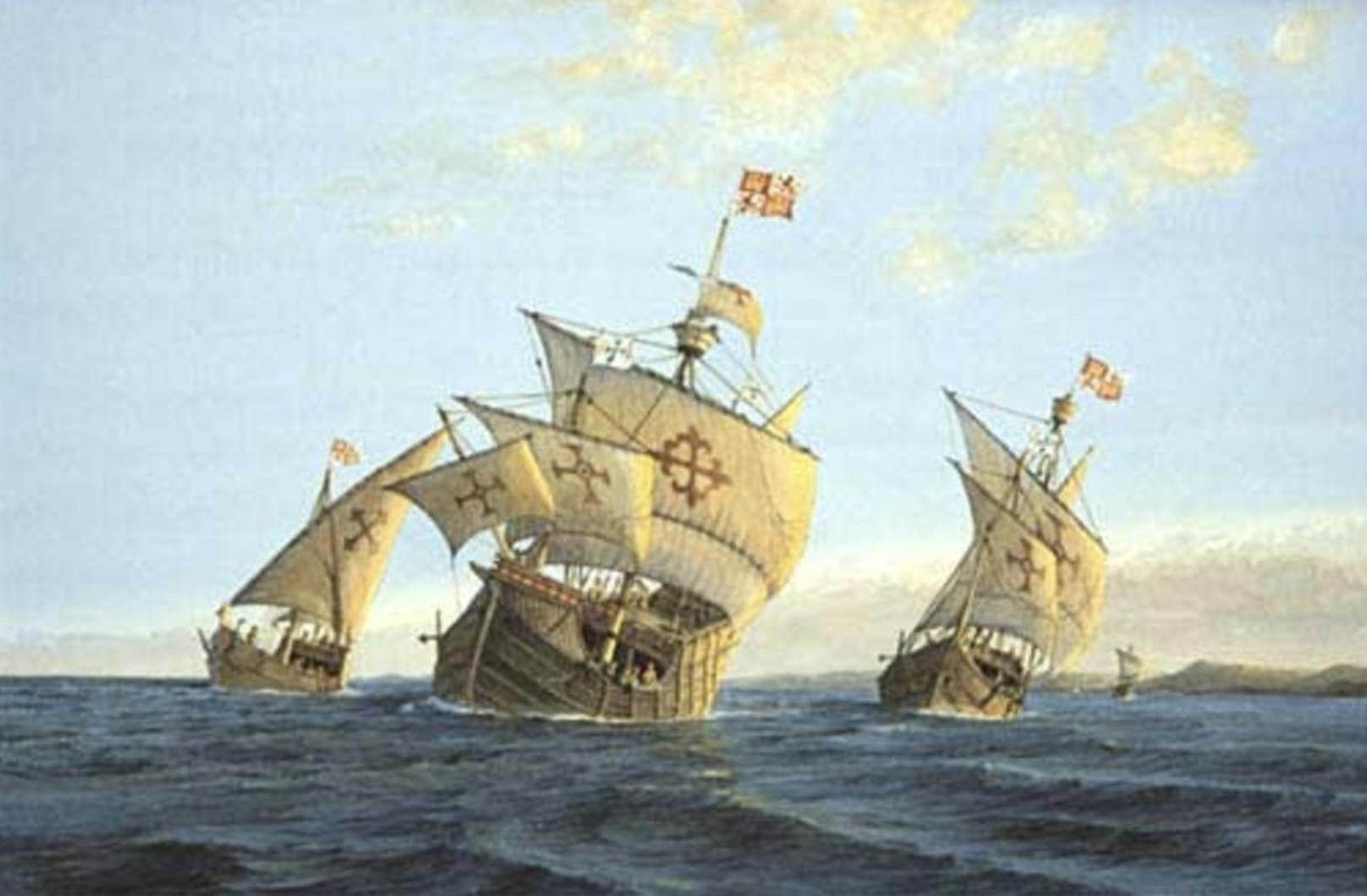
Columbus’ Discoveries
Columbus’ fleet, consisting of three ships—the caravels Nina and Pinta and the larger carrack Santa Maria—set sail in 1492. On October 12, he made landfall at San Salvador in the Bahamas. However, rather than discovering the great riches of Asia, Columbus was met with unfamiliar islands and people. His initial goal had been to secure enough wealth to fund the reconquest of Granada and Jerusalem from the Muslims. Despite his disappointment, his later claims of discovering gold further spurred European interest in exploring and exploiting the New World.
The Tainos: Indigenous Peoples of the Caribbean
The native people Columbus encountered on his voyages were the Tainos, a federation of island tribes who were more similar to the seafaring Polynesians of the Pacific than the Atlantic Island groups known to Europeans. The Tainos used canoes for trade, relying on bartering to exchange goods. To Columbus, the Tainos seemed like “innocents,” a perception that played into European stereotypes about the native peoples of the Americas. In contrast, stories of fierce “Caribs,” who were said to be cannibals, further reinforced a binary view of natives as either “innocents” or “savages,” a narrative that would shape European attitudes towards indigenous people for centuries.
Spanish Conquests and Enslavement
Columbus’ first expedition consisted of just 87 men, but later voyages brought as many as 2,500 settlers to the New World. Resistance from indigenous groups often led to brutal punitive expeditions, during which the Spanish captured and enslaved natives to work in gold mines. Over time, between 1492 and 1519, Spanish settlers in Hispaniola experimented with various systems of governance to control the newly conquered territories. The eventual model that emerged was the encomenderos system, in which grants were given to favoured citizens who were allowed to rule over and enslave the local population, extracting resources and paying taxes on the wealth they acquired to the Spanish monarchy.
As gold resources on Hispaniola began to dwindle, Spanish settlers increasingly turned their attention to the mainland in search of further riches.
The Aztecs and the Conquest of Mesoamerica
In the heart of Mesoamerica, the Aztecs had built a formidable empire with Tenochtitlan as its capital, a city known for its circular design and extensive wealth. The Aztec system of governance was harsh and oppressive, involving practices like human sacrifice, in which hearts were cut out and blood was shed to appease the gods. In 1519, Hernán Cortés led the Spanish conquest of the Aztecs. Despite their military might, the Aztecs fought primarily to capture their enemies alive rather than to kill them. The Spanish, with their superior weapons and tactics, proved to be a much more lethal force, ultimately bringing the mighty Aztec Empire under Spanish control.
The Incas of the Andes
In contrast to the Aztecs, the Incan Empire, based in the Andes with its capital at Cusco, had a much more equitable system of governance. However, like the Aztecs, the Incas were no match for Spanish invaders. Francisco Pizarro led the Spanish conquest of the Incan Empire, using guns, steel weapons, and horses to subdue the Incas. The introduction of European diseases, such as smallpox, played a far more deadly role in decimating the indigenous populations. The combination of advanced weapons, unknown diseases, and a relentless drive for gold allowed the Spanish to conquer vast territories in both Mesoamerica and South America.
Guns, Germs, and Steel
The indigenous peoples of the Americas had no prior experience with European weapons or diseases. For instance, the Tainos cut themselves on Columbus’ sword simply because they had never seen such a weapon before. However, more devastating than European guns and steel were the diseases the Europeans brought with them, to which the native populations had no immunity. Smallpox, typhus, and cholera swept through the Americas, decimating entire civilizations and weakening indigenous resistance to European conquest.
Columbus, Vespucci, and the Naming of America
While Columbus remained convinced that he had reached the outskirts of Asia, it was Amerigo Vespucci, a mapmaker and explorer, who correctly identified the newly discovered lands as part of a previously unknown continent. Vespucci’s accounts of his voyages were widely circulated through pamphlets and books, earning him fame and recognition. Due to his skill as a publicist and author, Vespucci’s name became attached to the continent, which would be known as “America,” rather than “Columbia.”
From Conquest to Colonization: The Colombian Exchange
The European conquests of the Americas ushered in a new era of colonization. The “Colombian Exchange” saw the transfer of crops, animals, people, and diseases between the Old World and the New World. Spain established a tributary empire in which colonists extracted wealth from the indigenous peoples and sent it back to Europe. The rise of African kingdoms in the transatlantic slave trade, the establishment of Portugal’s New World empire, and England’s state-sponsored piracy all followed in the wake of the early Spanish conquests.
Corn, introduced to Europe from the Americas, became a staple crop that would eventually support the growth of African kingdoms involved in the slave trade. The birth of the transatlantic slave trade, coupled with the economic exploitation of the Americas, would define the next centuries of European colonial expansion.
The Protestant Reformation
Religious Turmoil in Europe
The Reformation began as a religious movement aimed at returning to the original truths of the Bible, driven by long-standing dissatisfaction with the practices and authority of the Catholic Church. Key to its success was the availability of printed Bibles in the vernacular, allowing ordinary people to access the scriptures for the first time. Church leaders had previously restricted the reading of the Bible to clergy, discouraging laypeople from interpreting religious texts on their own.
One of the central figures in this movement was Martin Luther (1483–1546), a German monk who believed that human sin was so severe that no amount of good works or penance could secure forgiveness. In 1516, while studying the letter to the Romans, Luther found an answer: salvation could be attained only through faith in God’s grace. This belief formed the cornerstone of his theology—that every Christian could gain salvation through faith, simply by reading the scriptures. In 1517, Luther famously nailed his “95 Theses” to the door of Wittenberg Cathedral, publicly challenging the Catholic Church’s practices, particularly the sale of indulgences.
Reformed Practice
Luther’s Reformation introduced three key principles that redefined Christian practice:
- Salvation through faith alone: Salvation is granted by God’s grace and received through personal faith, not by works or the mediation of the Church.
- Scripture alone: The Bible is the sole authority in determining Christian truth, superseding church tradition.
- The priesthood of all believers: Every believer has direct access to God and can interpret the scriptures without the need for a priestly intermediary.
Other Reformers soon followed in Luther’s footsteps, spreading the Reformation across Europe. It gained strong support in German states, France, Switzerland, Scandinavia, the Low Countries, and England. Jean Calvin (1509–1564), a French theologian, expanded upon Luther’s ideas, particularly in his concept of predestination. Calvin’s followers in different regions became known as Puritans in England, Presbyterians in Scotland, and Huguenots in France. In England, Henry VIII (r. 1509–1547) famously broke from the Catholic Church, followed by his daughter Elizabeth I (r. 1558–1603), establishing the Anglican Church as a separate institution.
Counter-Reformation and Persecution
The Catholic Church responded to the Reformation with the Counter-Reformation, initiated by the Council of Trent in Northern Italy, which convened from 1545 to 1563. During the Council, Catholic leaders reaffirmed core doctrines of the Church, while addressing some internal corruption. However, they also doubled down on enforcing religious orthodoxy, leading to an increase in inquisitions and the burning of Protestant heretics.
Religious persecution was not confined to Protestants; both Catholics and Protestants also targeted individuals accused of witchcraft. Between 1500 and 1700, an estimated 100,000 people, mostly women, were accused of being witches and many were executed in a wave of hysteria that gripped parts of Europe.
The Reformation and the Catholic Church’s response did not create a more tolerant society. Instead, it led to decades of religious warfare, division, and persecution across the continent.
Revival of the Asian Economies
As European powers expanded their influence across the globe, Asia also experienced significant economic revitalization, with various regions benefiting from growing trade networks and strong internal governance.
Ottoman Caravan Trade
The Ottoman Empire, with its vast territories spanning both Europe and Asia, played a crucial role in revitalizing trade across the region. Aleppo became a key center for Ottoman caravan trade, with large caravans ranging from 600 to 1,000 camels and employing up to 400 men. These caravans transported goods across the empire and beyond, ensuring the flow of luxury items such as textiles and spices.
The success of these trade routes was dependent on strong leadership, and the Ottomans took an active interest in ensuring the protection and prosperity of their caravan traders. Merchants and authorities frequently offered cash as “protection money” to tribal chieftains, ensuring the safe passage of goods. The revenue generated from these extensive trade networks was significant, bolstering the empire’s finances through taxes and duties on commerce.
Prosperity in Ming China
During the Ming Dynasty (1368–1644), China’s economy flourished, driven by the revival of agriculture and a growing demand for luxury goods like porcelain and silk. The influx of silver, particularly from Japan and the Spanish colonies in the Americas, became a cornerstone of the Chinese economy. Silver was crucial in stabilizing the monetary system, which in turn facilitated expanded domestic and international trade.
Ming China became renowned for its high-quality goods, which were sought after in Europe and across Asia. This period of economic revival helped solidify China’s status as a dominant force in global trade.
Revival of Indian Ocean Trade
The Indian Ocean trade network, which connected East Africa, the Middle East, South Asia, and Southeast Asia, experienced a resurgence during this period. Textiles, spices, and precious metals flowed freely between these regions, supported by new maritime technologies such as the lateen sail, astrolabe, and advances in cartography. The widespread use of the compass allowed sailors to navigate more confidently, further expanding trade routes.
The Ottomans, Mughals, Southeast Asian states, and the Portuguese were central players in this bustling trade environment, each vying for dominance in the lucrative markets of the Indian Ocean. As a result, commerce in this region became increasingly integrated, with goods and ideas flowing across borders.
Expansion of the Mughal Empire
In India, the Mughal Empire, under rulers like Akbar (r. 1556–1605), expanded its reach to control much of the subcontinent. Akbar’s efficient administration and tax system fostered prosperity across the empire. Agriculture, trade, and craftsmanship flourished under Mughal rule, with Indian textiles, particularly cotton and silk, becoming highly sought-after commodities in Europe.
Urbanization increased across Mughal India, with the flourishing of arts and architecture marking a golden age for the empire. The Mughals’ wealth and cultural achievements helped make India one of the most prosperous regions in the world at the time.
Summary
In conclusion, the period between 1450 and 1600 marked a critical turning point in world history, as European exploration and colonization reshaped global dynamics. The efforts of the Spanish and Portuguese explorers opened new trade routes and expanded territorial empires, ultimately dividing much of the world between these two powers. Meanwhile, the rise of the Ottoman, Ming, and Mughal empires, along with the revival of trade across Asia and the Indian Ocean, highlighted the continued economic and political significance of these regions.
Religious upheaval, driven by the Protestant Reformation and the Catholic Counter-Reformation, further contributed to the era’s profound changes, leading to new ways of thinking about governance, faith, and society. Although these shifts brought about progress in trade, exploration, and empire-building, they also sowed the seeds of conflict and exploitation, which would reverberate throughout the following centuries. This era stands as a defining chapter in the development of our interconnected world, with its legacies still influencing global relations today.
Terry Cooke-Davies
27th September 2024
Profound thanks to ChatGPT(4o) from OpenAI for assistance with this article.
